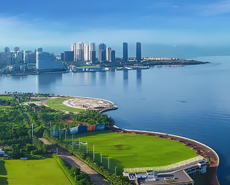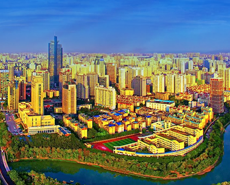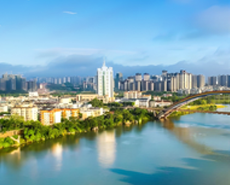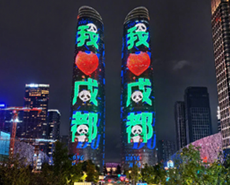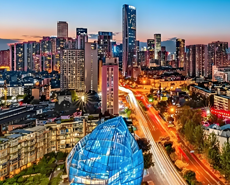Business Visits
Thyssenkrupp visits Asian Metal
On the morning of September 1, 2017, Dr. Annrtte Buttner, Head of Rainbow Rare Earth project from Germany-based Thyssenkrupp Raw Materials GmbH, Niels Hachmann, manager of metallurgy department and Tian Jie, manager of mineral department from ThyssenKrupp Raw Materials Tianjin Co., Ltd., visited Asian Metal and had a conversation on the rare earth market and lithium market respectively with Asian Metal analysts Eric Qiu and Carol Lin.
From left: Eric Qiu, Annette Buttner, Niels Hachmann, Carol Lin and Tian Jie
Dr. Buttner and Niel introduced to analyst Eric the latest progress of Rainbow Rare Earth project located in Burundi and revealed that the project has been initiated since mid-2017 and is currently working on the installation of mining and beneficiation equipment. Rainbow rare earth mine, with REO (rare earth oxide) content of 54%, plans to achieve annual capacity of 5,000 tonnes in two years and expects to increase the number to 10,000 tonnes further. The company is currently meeting with Chinese enterprises for seeking opportunities to cooperate. Both sides exchanged views on the current Asian and European rare earth market as well as the future trend. In addition, analyst Eric also introduced to Dr. Buttner the progress of major rare earth projects out of China.
Niels and Annette stated that thyssenkrupp shows interest in African lepidolite and wants to know China’s demand for lepidolite. Carol Lin, Asian Metal analyst, introduced that the imported spodumene is mainly used as raw material for producing lithium salts in China. The lepidolite is generally supplied to Yichun, Jiangxi, with downstream demand mainly determined by local lithium salts producers. Prices for the material are about RMB2,000-2,300/t (USD307-353/t), while those in 2016 only stood at around RMB800/t (USD123/t). With stricter policies of environmental protection, the mining of lepidolite is restricted in China and the imports of spodumene gradually increase. Therefore, Chinese producers are more inclined to purchase spodumene for production.




